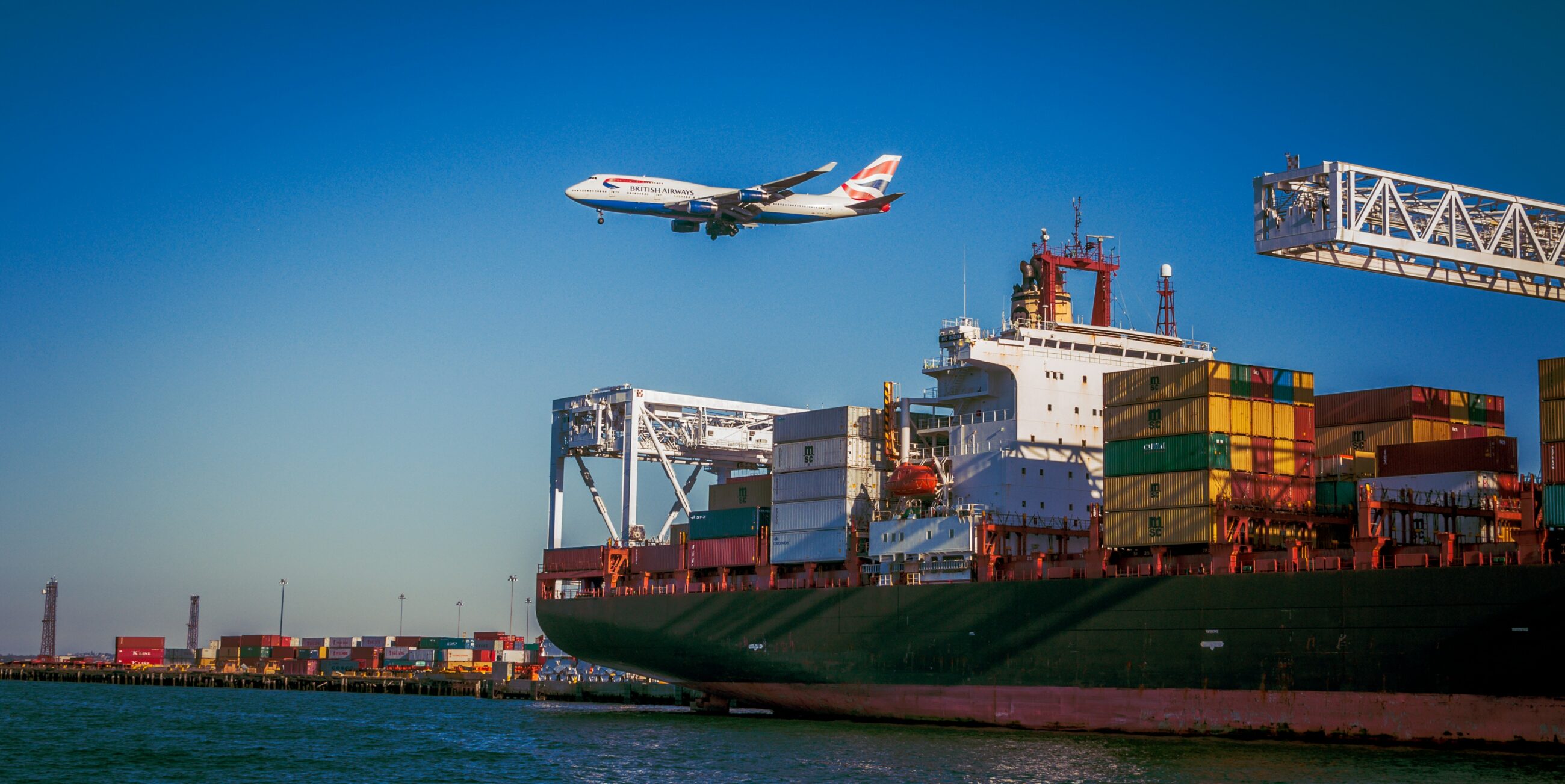
If you’re importing goods into the U.S. right now, chances are you’ve had to rethink your landed cost strategy more than once this year. With shifting tariffs, uncertain trade policy, and growing financial pressure, there’s one tool that’s regaining attention: bonded warehouses—specifically, Class 3 bonded facilities.
Used right, they can unlock real advantages. Used wrong, they can become a costly distraction. Here’s what logistics leaders need to know—fast.
What Is a Class 3 Bonded Warehouse?
A Class 3 bonded warehouse is a public facility supervised by U.S. Customs and Border Protection (CBP) that allows importers to store goods without paying duties upfront. Instead, duties and tariffs are only paid when the goods are withdrawn for U.S. consumption.
If the goods are re-exported without entering U.S. commerce, those duties may not be owed at all—or could be refunded through a duty drawback process, depending on the classification.
How Smart Importers Are Using Them
For the right operation, bonded warehousing delivers real advantages:
- Delaying Duties to Improve Cash Flow Holding goods in bond gives importers breathing room—pay duties when it makes business sense, not just when the freight lands.
- Timing Market Entry Based on Tariffs Trade policy changes fast. Bonded storage lets you pause and respond to tariff shifts strategically, rather than reactively.
- Managing Re-exports More Efficiently If you ship to multiple countries, bonded storage can serve as a strategic waypoint—potentially avoiding U.S. duties entirely when goods are re-exported.
- Securing High-Value or Regulated Inventory Under CBP oversight, bonded warehouses offer strict compliance standards. This is especially helpful for electronics, pharma, or high-value SKUs.
But Here’s the Catch: It’s Not for Everyone
Here’s the part most blogs won’t tell you: bonded warehousing is expensive. These facilities are in short supply, space is limited, and not every commodity qualifies. Misuse can tie up your inventory—and your capital.
Before you even consider bonded warehousing, ask yourself:
- Are your goods high-duty, high-value, or seasonal?
- Is re-export part of your distribution model?
- Can your product type legally be stored in bond?
- Do you have access to a bonded facility near your port of entry?
If the answer isn’t a clear “yes” to most of these, it’s time to pause. You need expert input.
Know When to Deploy It—and When Not To
Bonded warehouses aren’t a silver bullet—but they are a scalpel. And like any precision tool, they work best in expert hands.
At Dedola Global Logistics, we help importers assess whether bonded warehousing aligns with their business model—and execute that strategy with precision if it does.
Get Strategic Clarity—On Us
Need to pressure test your current landed cost plan? Let’s talk.
We’ll walk you through bonded warehousing, analyze your current tariff exposure, and help you make the right decision for your unique supply chain. No fluff. No hype. Just real logistics insight.


